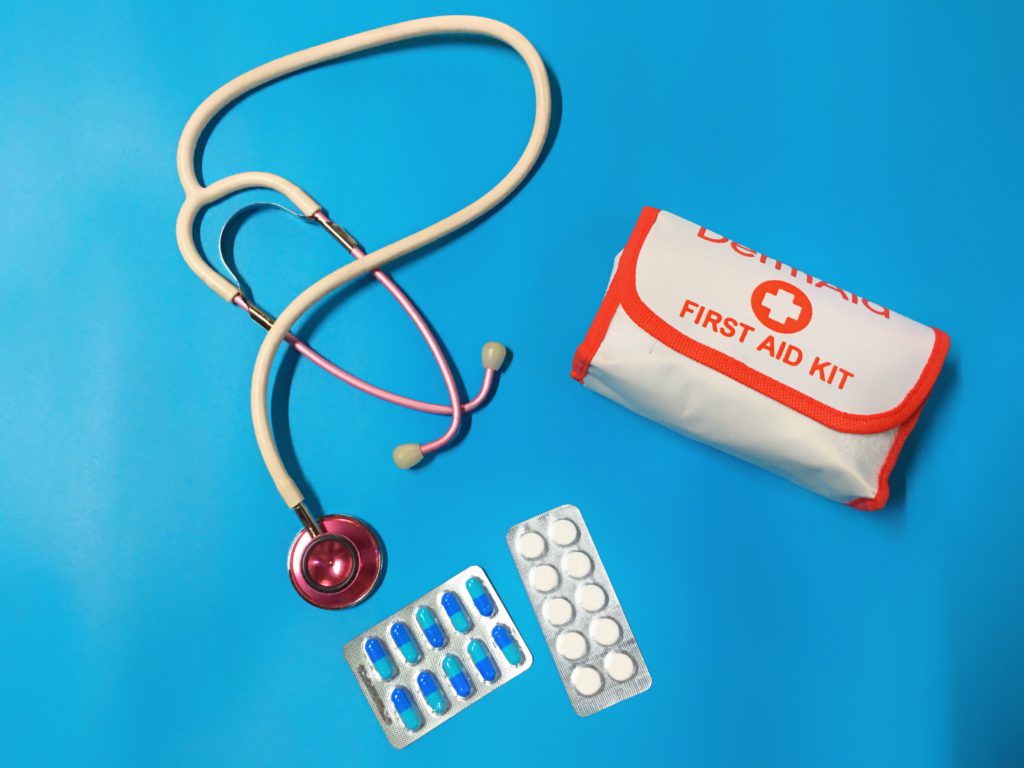A few years ago, a stroke was a medical emergency that only happened to old people. Although people over the age of 55 are still more prone to the condition, today, strokes in younger people are on the rise due to lifestyle habits that increase their risk factors.
A stroke happens when the blood supply to the brain is blocked. 80% of the time, it happens as a result of a blood clot or blocked artery. Other times, strokes happen because the blood vessels in the brain are damaged. When there is an inadequate blood supply, the brain cells don’t get the oxygen they need to function. The effects of a stroke depend on how long the blood supply is blocked. If the supply is blocked for a long time, parts of the brain cells die or become damaged. This can lead to long-term disability or even death.

What causes a stroke?
The following medical conditions or lifestyles are associated with a higher risk of developing a stroke:
Medical Risk Factors:
● Personal or family history of stroke or cardiovascular diseases such as heart infection and heart failure
● High blood pressure
● High cholesterol
● High levels of anxiety and stress
● Diabetes
● Obstructive Sleep Apnea
● Medical conditions, such as a bleeding disorder or sickle cell disease
Lifestyle Risk Factors:
● Lack of good nutrition
● Obesity
● Low physical activity
● Smoking
● High alcohol consumption
● Consumption of illegal drugs like cocaine
What Are The Types of Stroke You Should Know?
- Transient Ischemic Attack (TIA): A Transient Ischemic Attack (TIA), also called a mini-stroke, occurs when the blood vessel is just temporarily blocked. The symptoms last for just about five minutes, after which blood flow returns to the brain cells. Although it is temporary and can go by itself without permanent damage to the cells, it is important to seek medical attention because a mini-stroke may be a sign that a major stroke is on the way. About 4 out of 10 people who have a TIA develop a major stroke later.
2. Major Stroke:
A major stroke can cause long-term problems because of damage to the brain cells and could be fatal if help is not received quickly. The faster medical assistance is received, the better the chances of recovery. There are two major types of stroke:
Ischemic stroke: Ischemic strokes are the most common type of stroke. They occur when blood clots or other debris block the blood vessels to the brain, preventing the brain tissues from getting oxygen and nutrients. Fatty deposits called plaque can also cause blockages by building up in the blood vessel.
Hemorrhagic stroke: A hemorrhagic stroke happens when an artery in the brain ruptures and bleeds inside the brain. The bleeding in the brain puts pressure on surrounding brain cells, leading to brain tissue damage. About 13% of stroke cases are reported to be hemorrhagic. Some factors related to hemorrhagic stroke include:
● Uncontrolled High blood pressure
● Trauma(for example an accident)
● Overtreatment with blood-thinning drugs
● Abnormal bulges or ballooning at weak spots in your artery (aneurysms)
● Cerebral amyloid angiopathy
Knowing the warning signs of stroke and how to react quickly can help save lives.
6 Signs of a Possible Stroke: What to Look Out For.
1. Sudden weakness or numbness in the face, arm, or leg, especially on one side of the body.
2. Sudden vision trouble in one or both eyes, such as blurred vision or seeing double.
3. Sudden confusion or trouble speaking or understanding speech.
4. Sudden difficulty in walking, lack of coordination or stumbling.
5. Sudden severe headache with no known cause.
6. Sudden dizziness or loss of balance.
How to Detect a Stroke at Home.
If you suspect that someone has a stroke, the FAST acronym gives an easy way to remember the most common warning signs of a stroke and the course of action:
● F– Face drooping: Ask them to smile to see if their smile is crooked or one-sided.
● A– Arm weakness or numbness: Ask them to lift both arms and check to see if one arm drops lower than the other.
● S–Speech problems: Ask them to speak to see if they slur or have difficulty repeating a sentence.
● T– Time to call an ambulance if they’re exhibiting the above symptoms.
After using the FAST acronym to test to see if someone is having a stroke, call emergency services immediately and get them to the hospital as soon as possible. Earlier treatment increases the chances of recovery.

Our final words,
Knowing how to detect stroke at home and recognizing the signs can save someone’s life. If you or someone you know is experiencing any of the symptoms we’ve discussed, don’t hesitate to seek medical attention immediately. Remember to act fast, because every second counts when it comes to stroke. You can speak to a doctor immediately anywhere in Nigeria on the DRO Health mobile app.
By staying informed and aware, you can help prevent the devastating effects of stroke and ensure a healthier future for yourself and your loved ones. Let’s all work together to spread awareness and help reduce the impact of stroke in our community.





